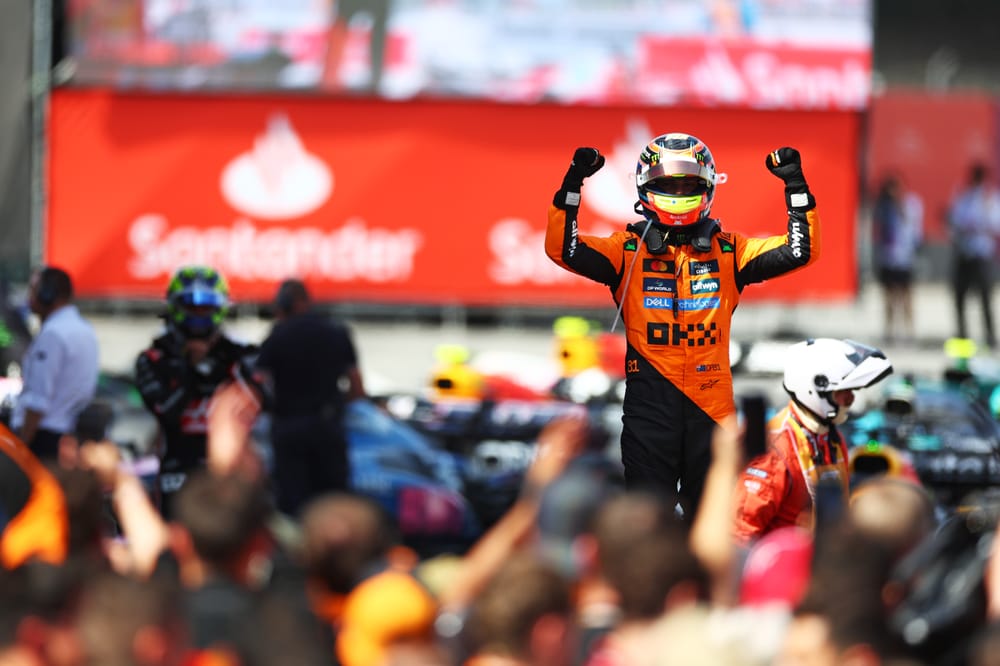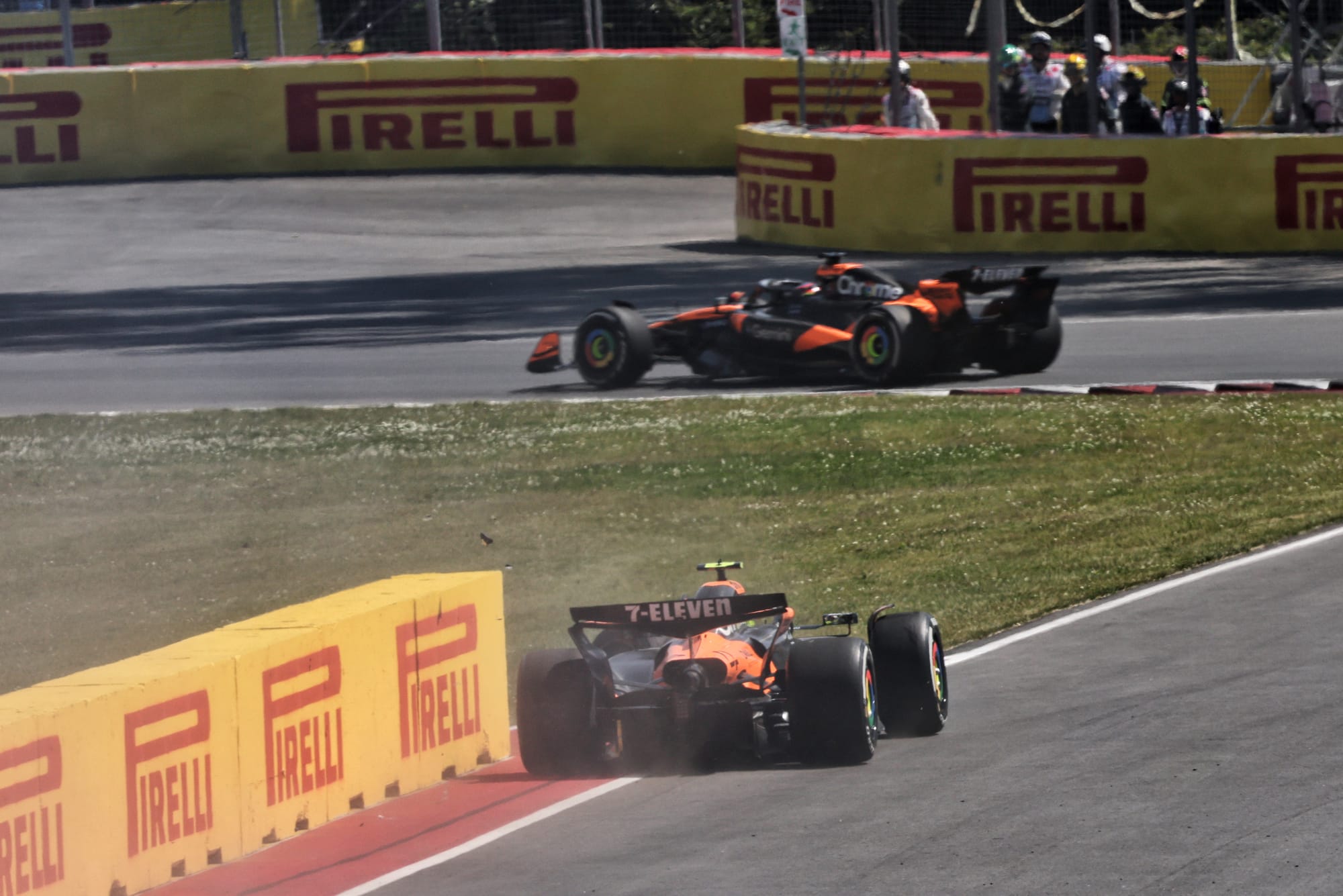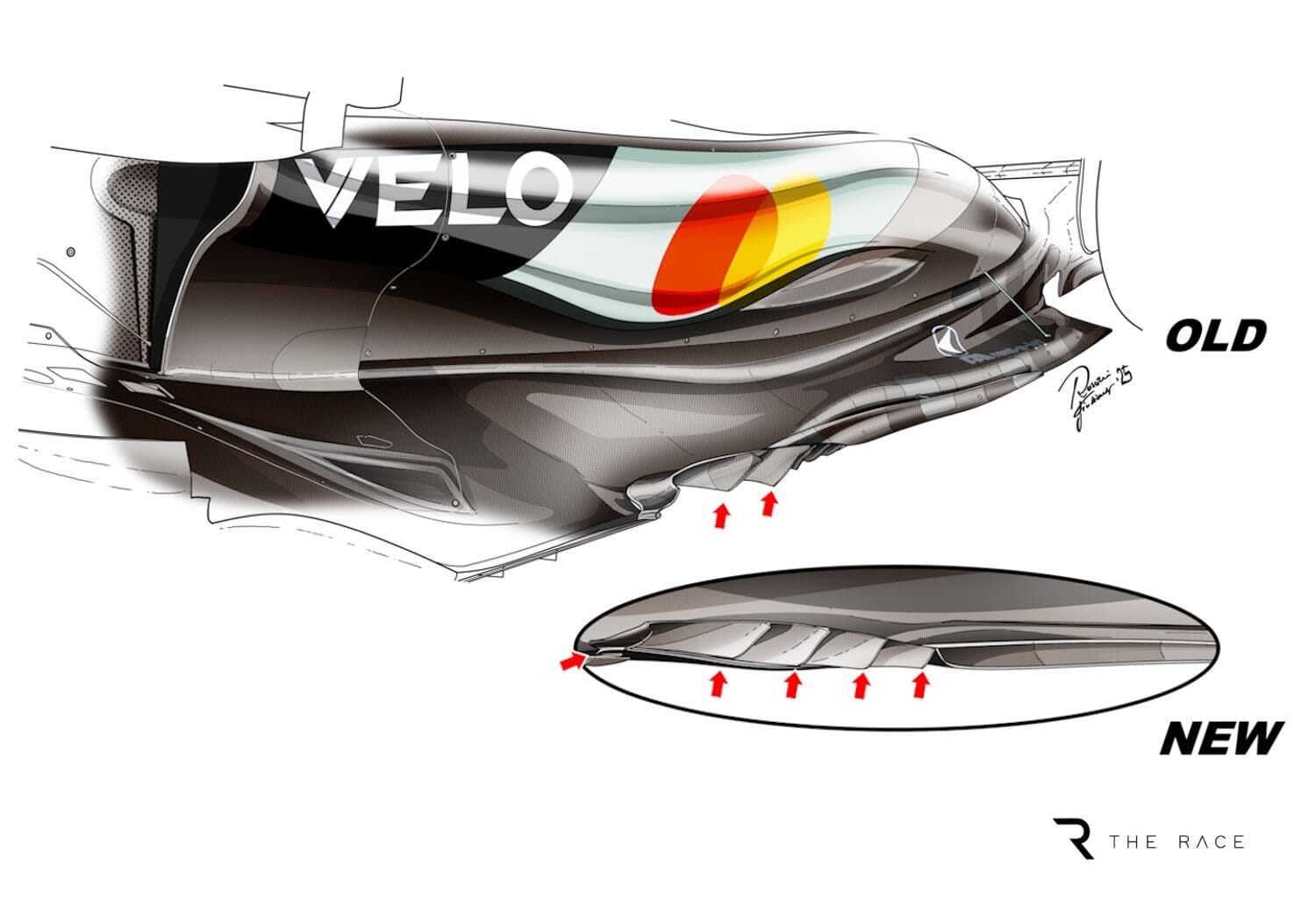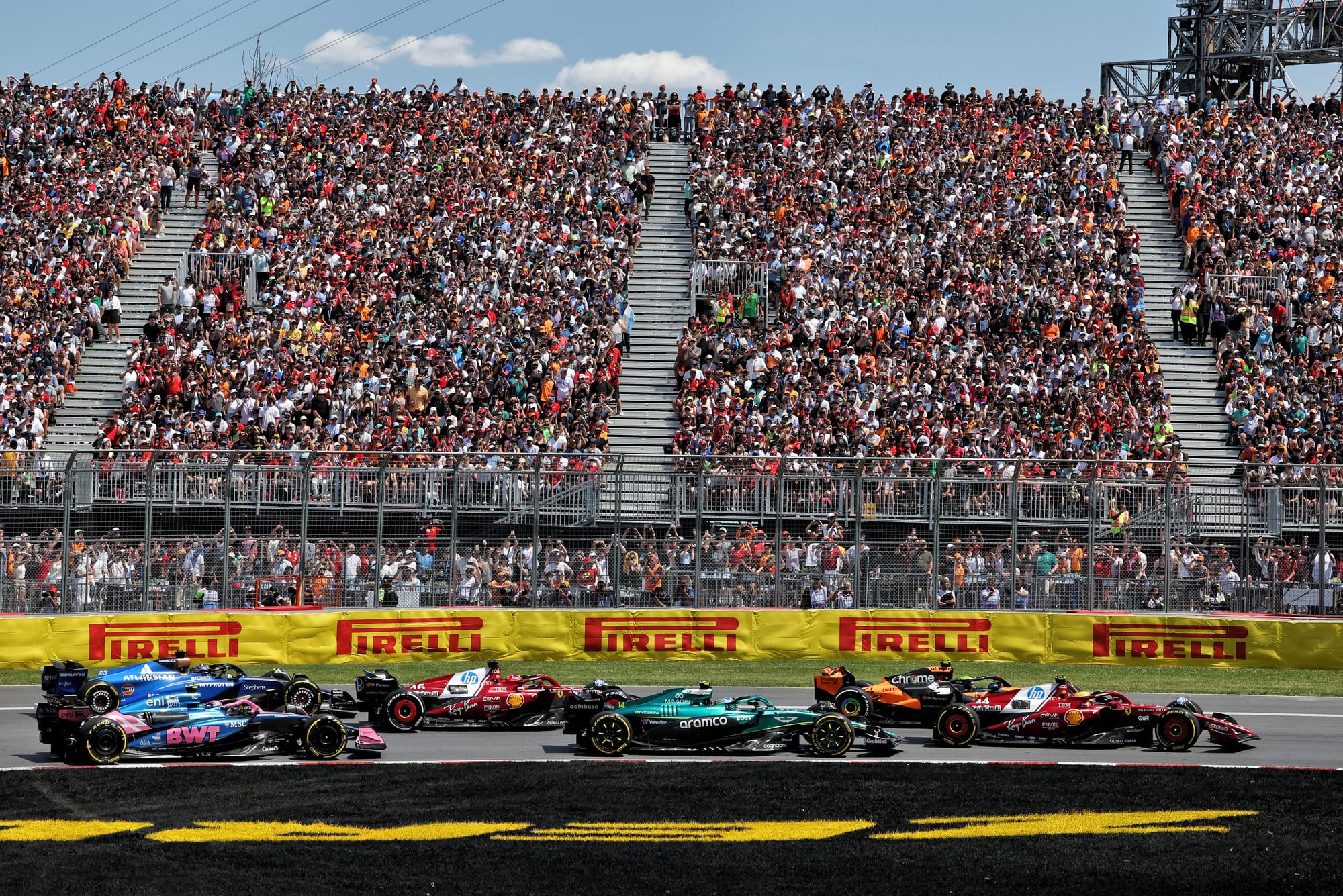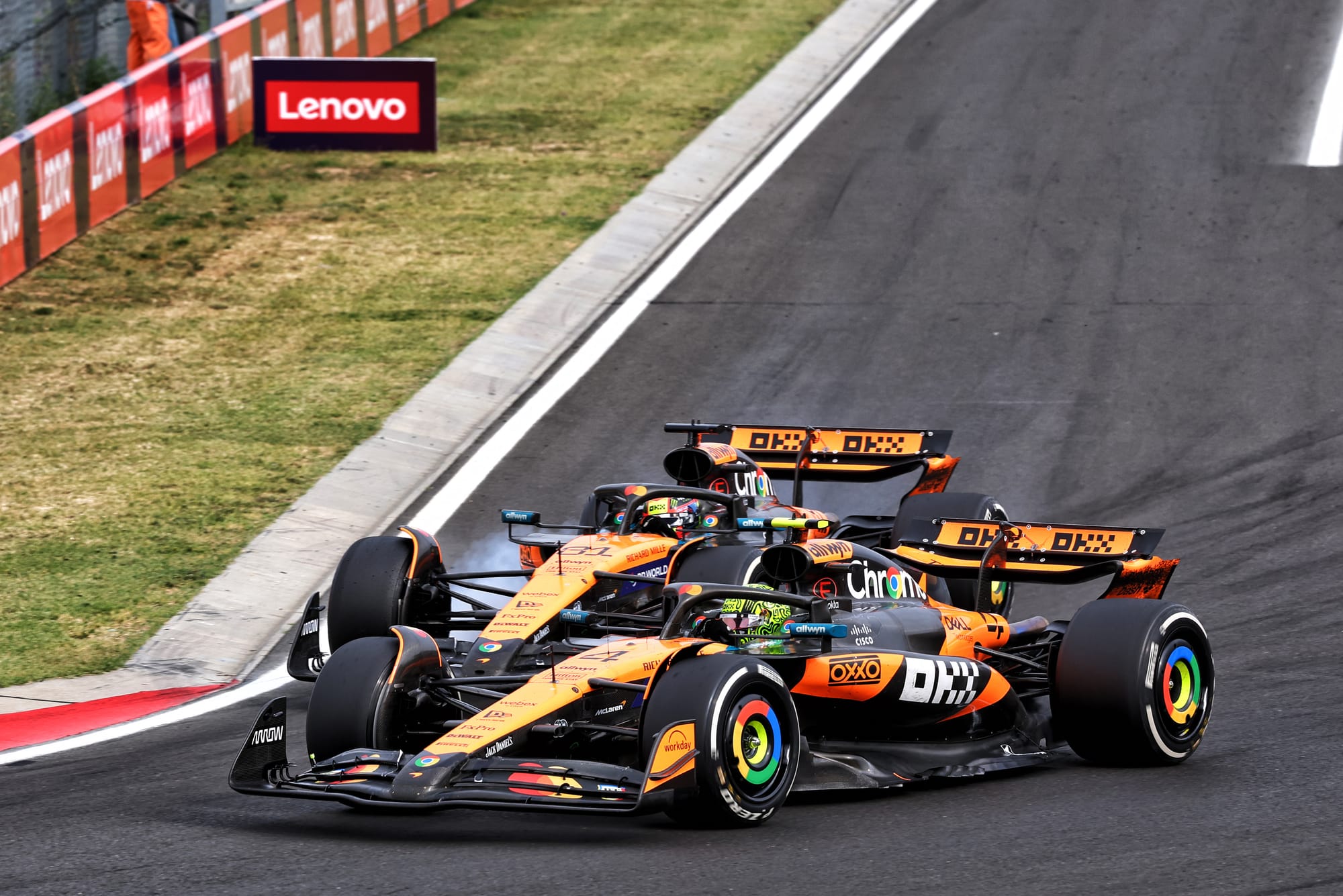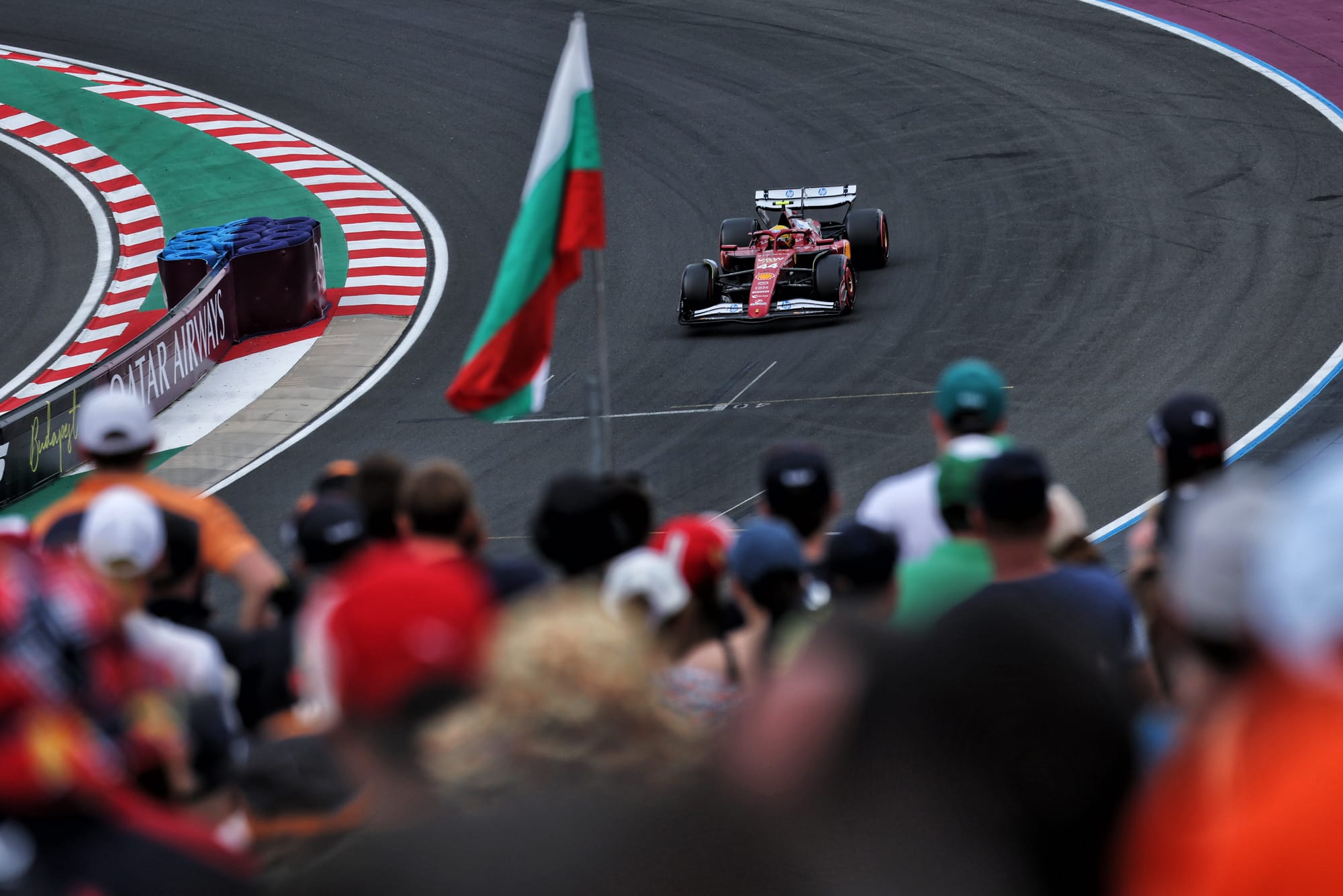Was it always leading to this?
Back-to-back rookie Formula 3 and Formula 2 titles, the stunning McLaren swoop that stole him from under Alpine's nose, the progress from podium finisher to race winner to possible world champion each year across just three seasons in Formula 1 - Oscar Piastri's metronomic surpassing of each milestone, and the perfect timing of a revived McLaren hitting its stride, means his rise can seem so...inevitable.
To believe that, though, would overlook the work that has earned Piastri a nine-point lead over team-mate Lando Norris as the F1 season resumes at this weekend's Dutch Grand Prix, and just 10 race weekends stand between Piastri and a first world championship.
"Sometimes when you start doing well and winning races, it starts to look almost inevitable, like, 'Oh, well, of course he is'," Piastri's race engineer Tom Stallard tells The Race.
"But it ignores the work that made it inevitable. It's only inevitable if all of the good work that leads up to it makes it happen. Otherwise it's not at all.
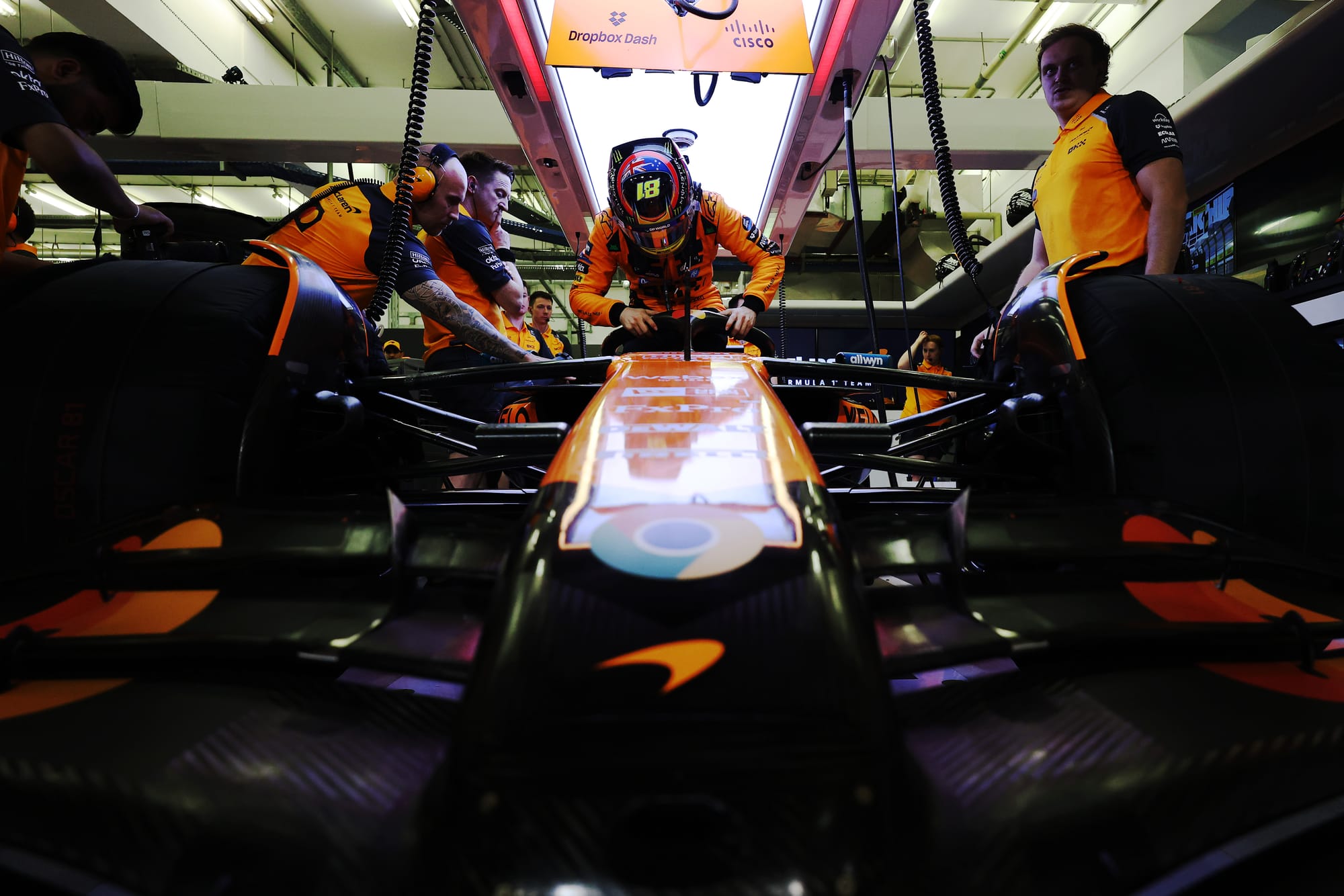
"Also, the fact that Oscar is very cool about the way he goes racing also enhances this aura of inevitability. Which is a real positive, but it's also only because you do the hard work before.
"It's not inevitable [just] because it would have happened anyway."
Winning the F1 title this year would mean Piastri has had one of the quickest routes to a first title and the fastest since Lewis Hamilton in his second season in 2008. But it is hardly a foregone conclusion.
Big demonstrations of progress
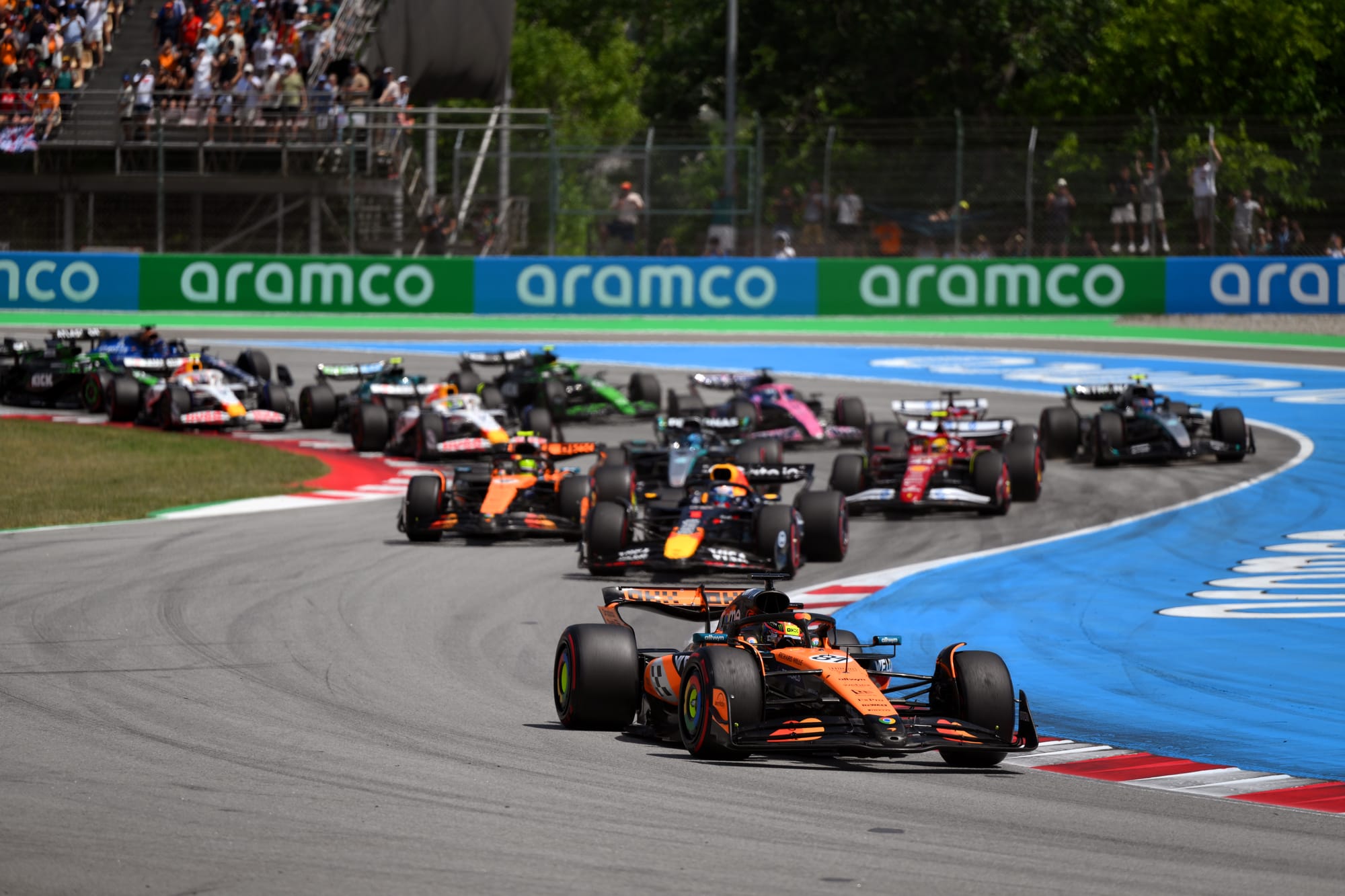
Piastri's progress will be tested immediately as the season resumes this weekend, not least because Zandvoort is one of two circuits still to go where Piastri had a very obvious deficit to Norris last year, along with Austin's Circuit of the Americas.
The others - China, Japan and Spain - have yielded huge steps for different reasons. McLaren was not surprised Piastri struggled in China last year as it was a new circuit for him and is extremely tricky; whereas Spain was a surprise case of Piastri not performing as McLaren expected. This year he won both grands prix.
"Spain is a circuit that we always expected him to be good at, and we were very surprised last year when he wasn't," says Stallard.
"We had to do a lot of internal investigation into what had happened. And actually quite a lot of the problems were related to where the car was in Spain, rather than Oscar.
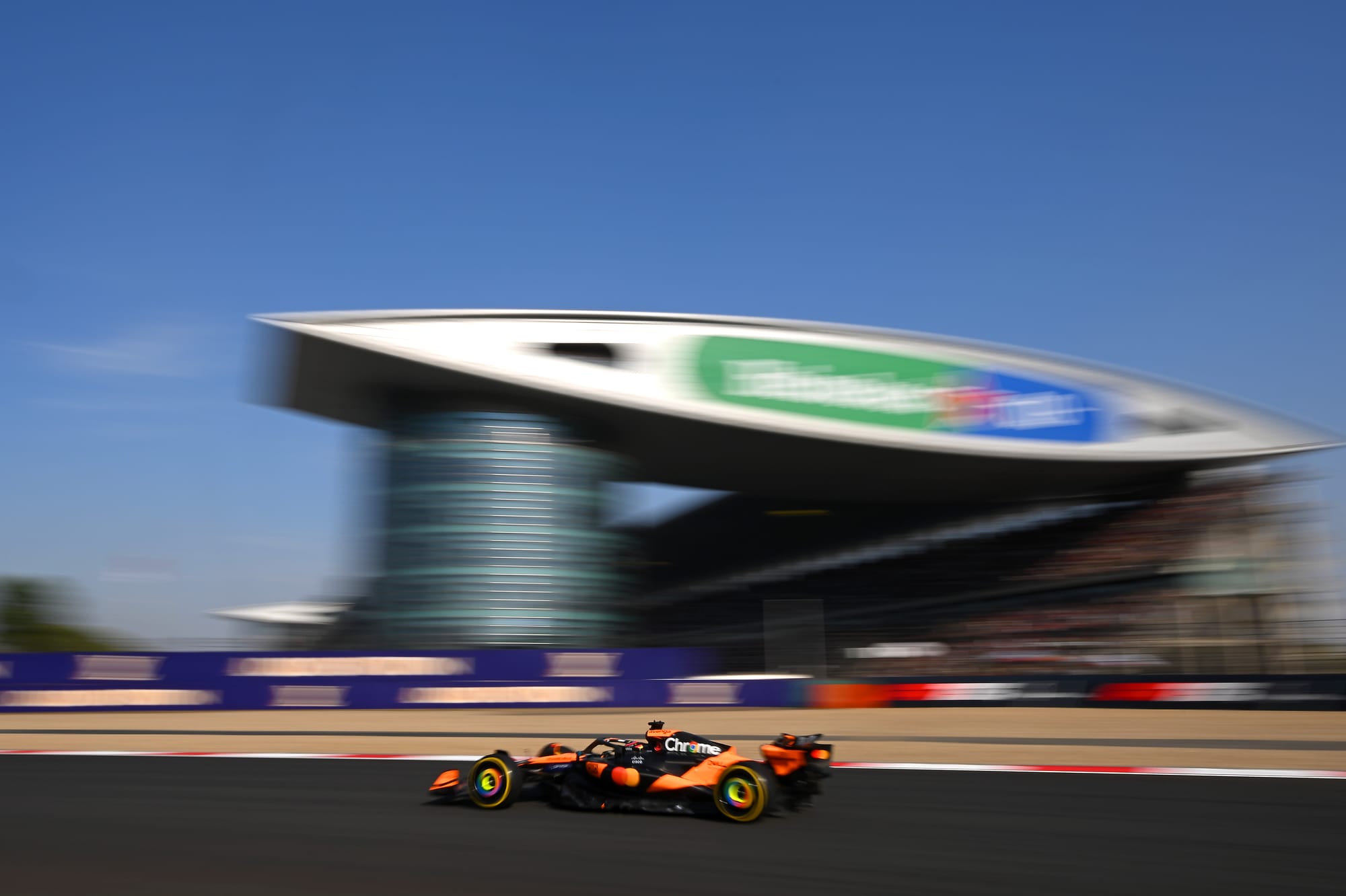
"China is a fantastically difficult circuit and it actually took him until the last run in qualifying, really, to figure out Turns 1, 2, 3, 4, it's just an incredibly complicated corner. It's not just a corner where you brake, coast through the mid-corner and come on power.
"There's a lot of variation in line, adjusting your line with the speed you've taken and the speed you've taken with the line you want. And it's all very linked in a way that [in] more simple corners that's not so much the case.
"Both years he's been in Japan, we've struggled a lot. There was the one where qualifying went very well in the first year, but then in race pace, he was quite a long way off. Struggled to look after the rear tyres. And then the next year, we kind of got on top of the race pace, but there was still just a bit of an underlying pace issue.
"Whereas this year, he was right on it."
This has been the case for much of 2025. On Piastri’s best weekends he is simply stronger than Norris. On his worst, he can get himself onto Norris's coattails. Which didn't happen last year, when Piastri could occasionally be blown away.
That is why Stallard picks out two slightly unexpected examples of Piastri's progress: Imola and Austria, two classic Norris strongholds where Piastri ran his team-mate very close for the first time. He couldn't win, but it's not the result that reflects his improvement.
"Imola has been a really strong circuit for Lando for all of Lando's career," says Stallard. "And we were definitely on the back foot there the last couple of years with Oscar, whereas this year we were in a really good place compared to Lando.
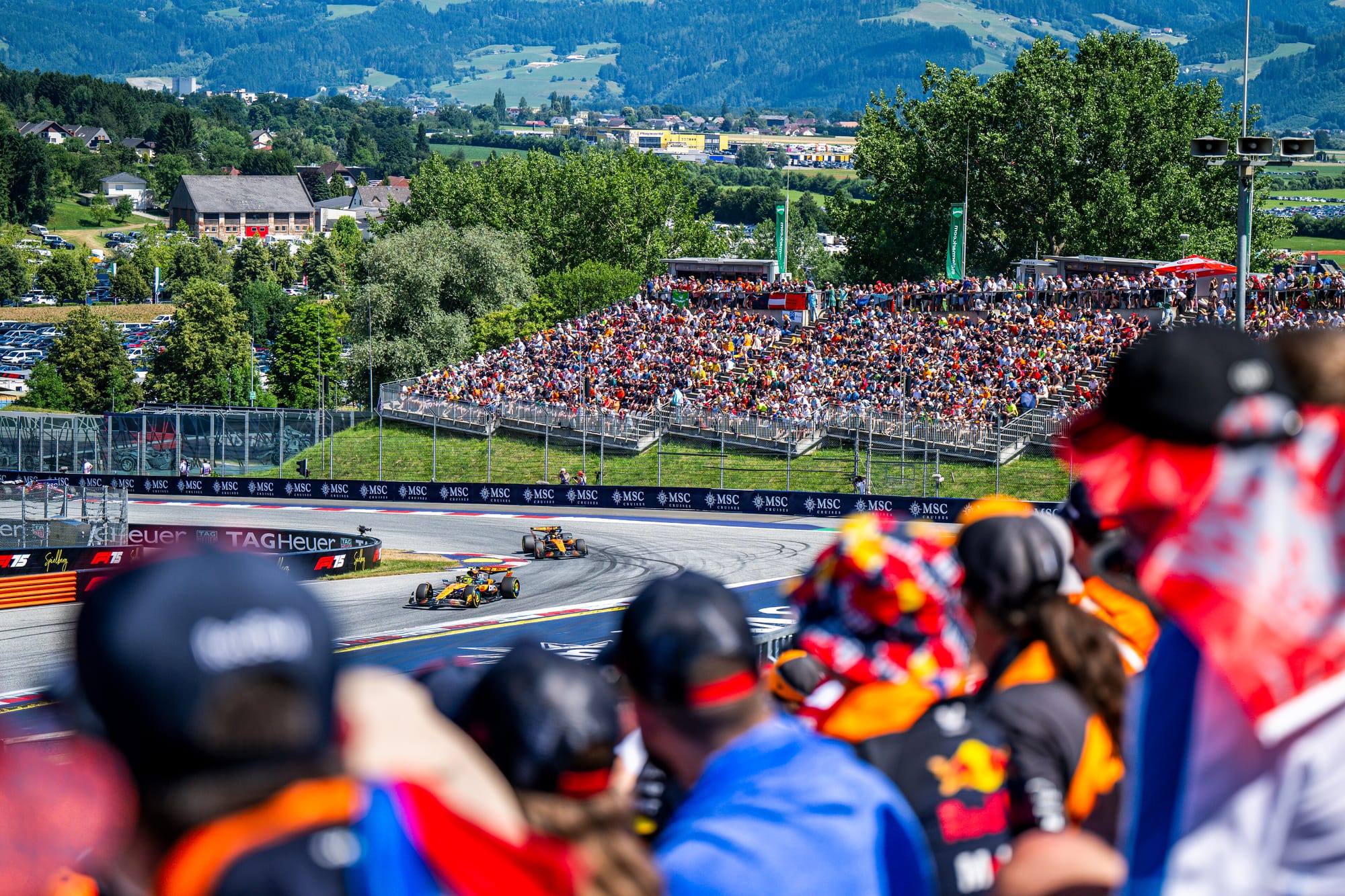
"I use Lando as a benchmark, not because that's the drivers' battle at the moment, but because Lando is, in Imola and Austria, a really, really difficult benchmark to weigh yourself against, he's phenomenal in those circuits.
"Oscar was actually ahead in qualifying in Imola and close in Austria, and then both times on race pace was at least as good. Imola, the race unraveled due to a strategic error rather than a driver error. In Austria, he had a really good race, and was able to challenge Lando, who is the master at that circuit.
"That was a real demonstration of the progress he's made."
Where the step really came from
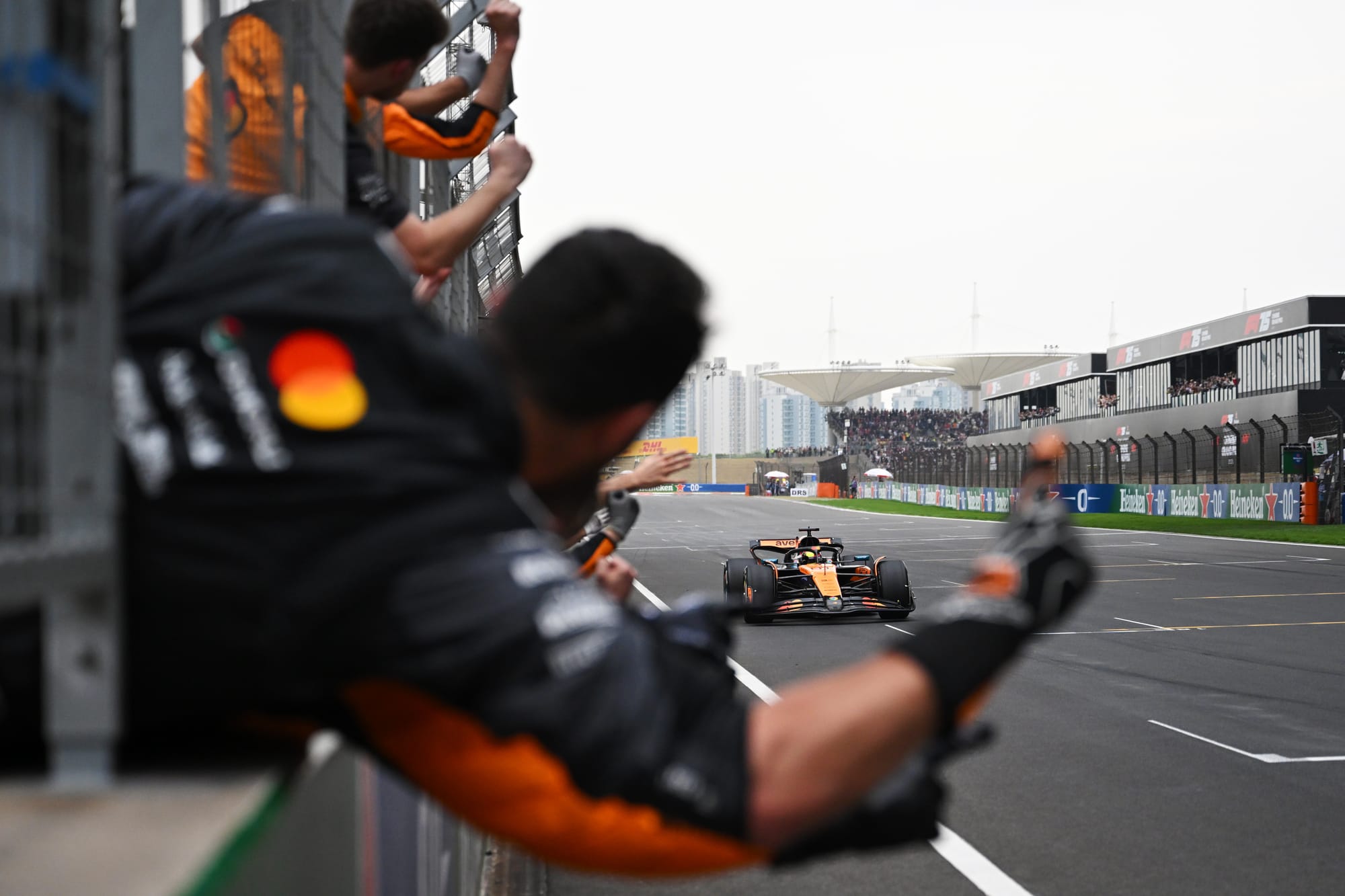
McLaren's improvement as a team, to have emphatically the best car overall, means a natural inflation in Piastri's core statistics. But it is his execution and record versus Norris that offers the clearest indication, hence Stallard's examples. That also applies over the whole season.
By the end of last year Piastri was 82 points behind Norris, won two races to Norris's four, and scored eight podiums to Norris's 13. Though it would have looked better had Verstappen not clattered into Piastri at the first corner of the season finale.
There were moments where Piastri really grabbed everybody's attention, such as racing Norris hard at Monza and beating Charles Leclerc to the win in great style in Baku. But what Piastri has shown so far in 2025 might be more like what should have been expected in 2026. Though, if anything, Piastri was actually closer to the finished article last year than it looked.
"I kind of felt like I left last year with a lot of the tools I needed, if not all of them, but it was just that I couldn't really get them all together on the same weekend - there's kind of flashes of it through different sessions," says Piastri.
"But I think the big difference this year has been I've been able to get it together more often than not. And I think that's really where the steps come from. I certainly don't feel like I've reinvented myself or had to really change how I go about racing and driving.
"I've definitely dug very deep across a lot of areas in terms of trying to find more performance everywhere. And that's not necessarily just been on track - in terms of trying to be fitter than ever, being mentally ready for the season ahead. But then also going into the actual technical details of driving, looking at which races went well last year, which didn't, and why.
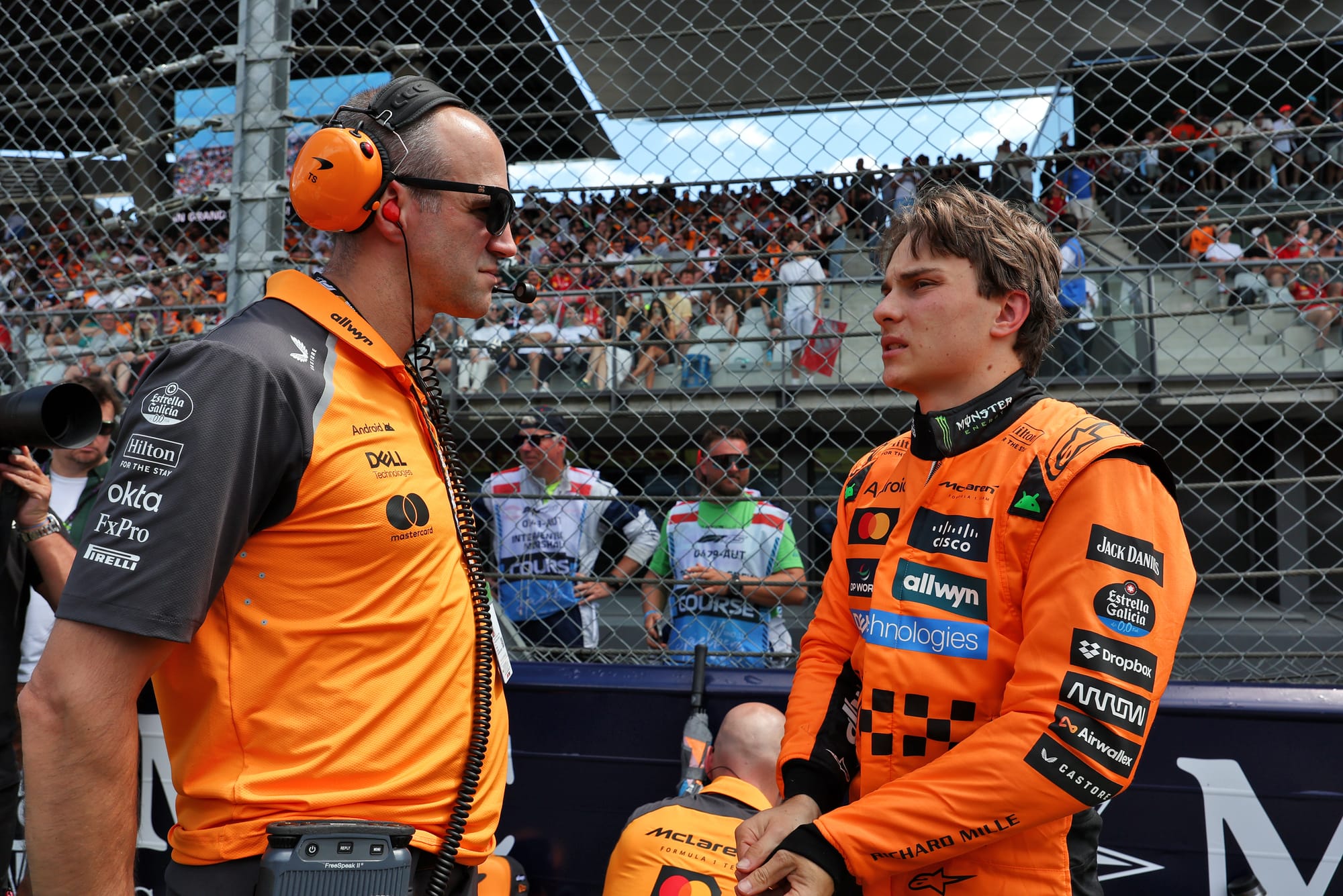
"This year all that extra work on finding those little bits, instead of needing to be perfect to beat everyone else, you can still have these little mistakes, and it's still enough."
Outside of McLaren there was a consensus Piastri had not just a clear deficit to close up to Norris - especially in qualifying, where Norris was clearly stronger and had eight poles while Piastri managed none - but that the gap was probably too much to catch up all in one go. That wasn't the feeling internally.
"When we looked at particularly qualifying last year, very often we'd look at his performance and there wouldn't be one problem corner," says Stallard.
"It was more like, 'In Q3 run two, when the track grip was at its highest, we made a little mistake here, and you didn't quite do your best corner here, so if you put all that together, you'll actually be there'.
"You need to be able to put all your best corners together for your last lap in qualifying. That's also a unique skill that these drivers have, and at the level we're talking about...I think the McLaren car this year is the best car, but we probably have the smallest margin to last [place] of any team that's leading the constructors' by this much at halfway.
"Again, this kind of comes down to that inevitability thing - it's not necessarily as inevitable as it looks when it works. And if you lose one tenth through a small mistake on your qualifying lap, quite a lot of things can unravel."
In the simplest terms, this version of Piastri is better because he is driving more quickly, more consistently. The car itself has helped: the MCL39 is fantastic, and Piastri admits it seems well-suited to what he needs.
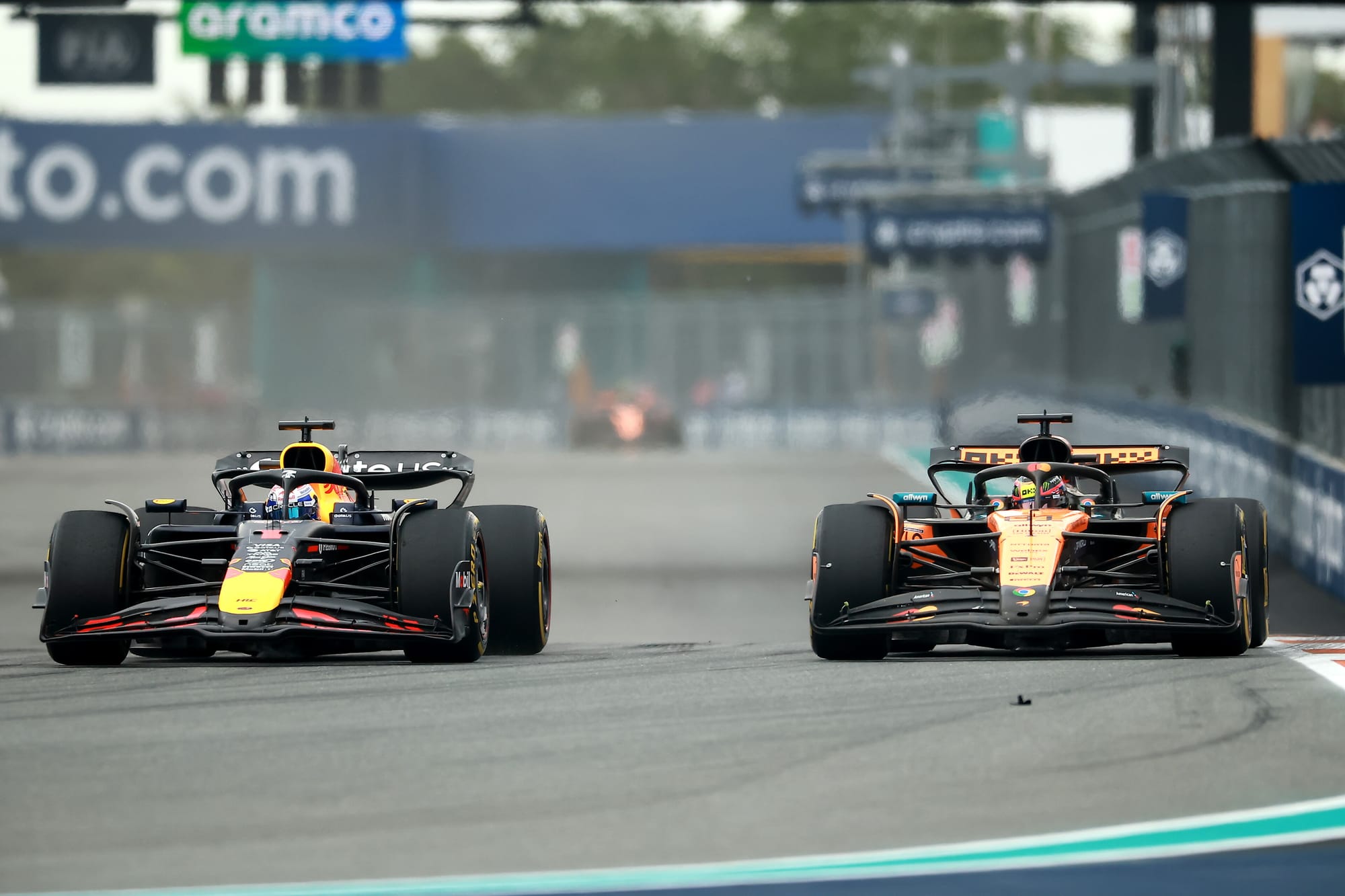
But a step in underlying pace has been layered onto very strong, already proven racecraft, and a rock-solid mentality.
The upshot is Piastri's peak is higher and he is hitting it more often - the fact he has led more laps and won more races than Norris this year shows that, as does how he could have won three races in a row before the summer break, were some circumstances just slightly different.
'One of the difference-makers'
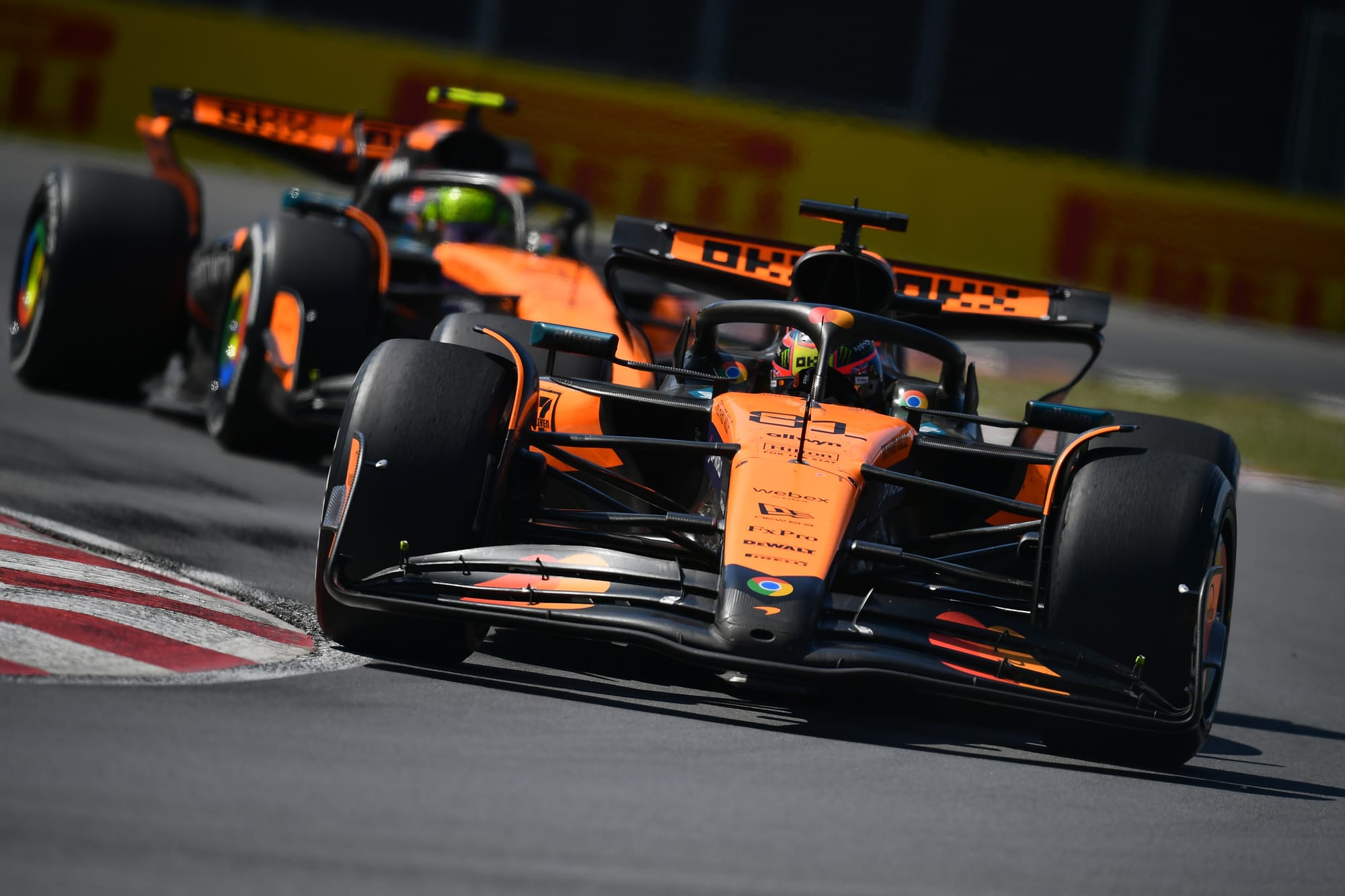
The details of what Piastri and McLaren have done to finesse his performance are a closely guarded secret. They speak mainly in slightly general terms but have clearly not just let Piastri improve organically by dint of more experience.
Piastri had worked very specifically on his tyre management from years one to two, but as is always the case with the best drivers, it comes down to finer margins very quickly. For this year the focus was on better preparation; globally, going into the new season, but then for each race weekend.
Now, Piastri has had a very clear idea in his head of what to improve, and where, but also what he can do in the car and at the track to do that.
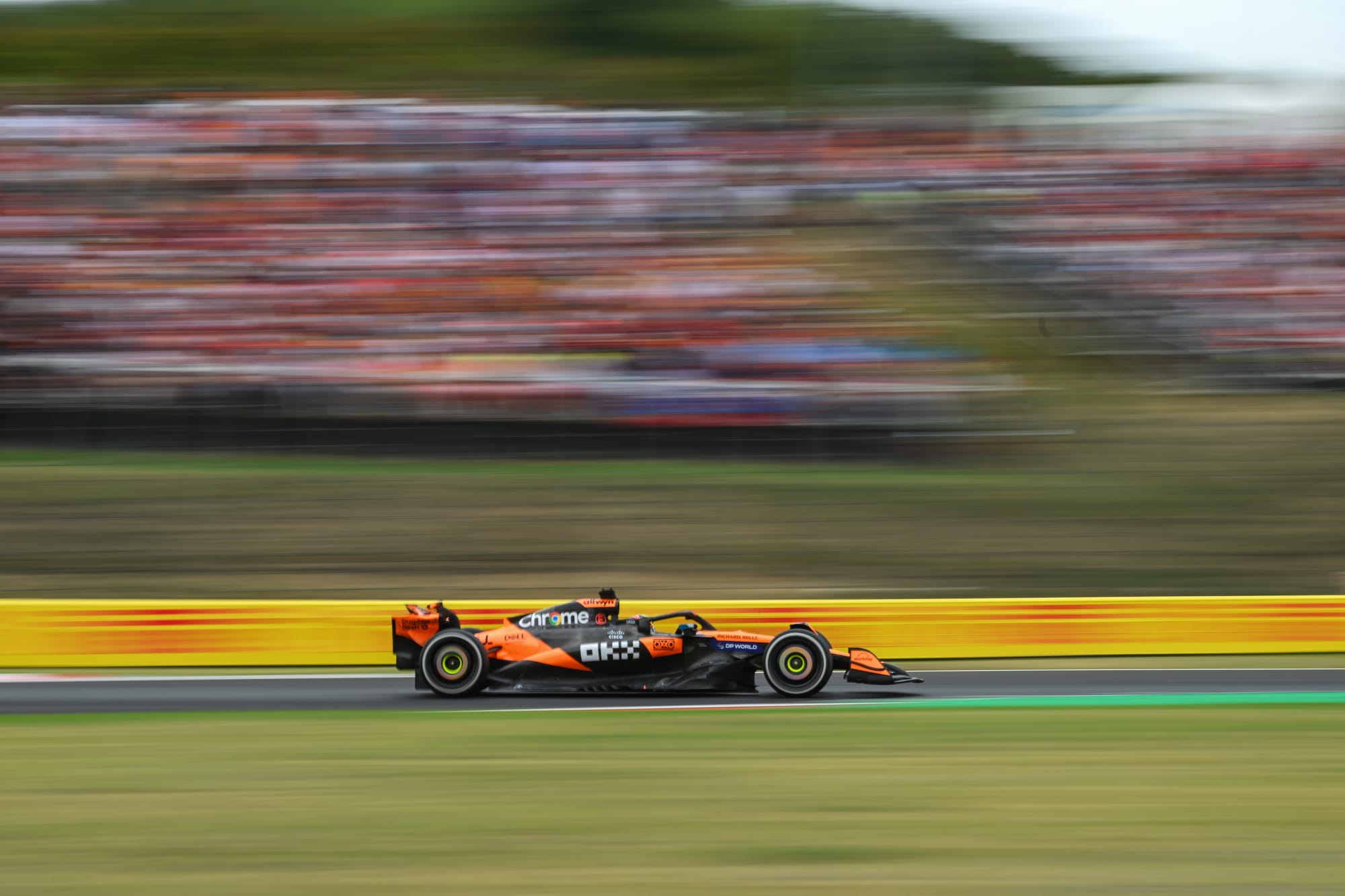
"We did a very good job of identifying exactly where we needed to try and find performance," says Piastri.
"From a driving point of view, and helping to be at one with the car, we put a lot of effort into that specifically. That has been one of the difference-makers.
"And obviously, when you have a plan and know the things that you need to go out and try, that for me generally helps quite a lot."
This was achieved in several ways. McLaren spent a lot of time debriefing specifics, and trying to put some things into practice in the simulator but also in a very carefully conducted private testing programme under F1's Testing of Previous Cars (TPC) rules.
It's no coincidence that Piastri has tested at Zandvoort, Barcelona and even Austin this year, given where he struggled before. There was even consideration of a test in China but the daunting logistics scuppered that as with new restrictions on how much testing can be done by a team's race drivers, McLaren ultimately had to pick what was going to be most viable and productive.
The TPC programme gave McLaren and Piastri a chance to put some of the winter lessons into practice. But much of it comes down to getting on track in the car he will actually race and the tyres McLaren will actually use. Piastri suggests that he started on the front foot this year because the off-season work afforded him a more productive pre-season test as instead of trying to focus on big, specific areas of improvement "it was just about tidying things up".
"That is quite a big difference of how you can go into testing, because that's really the only three days you have of proper running," he says. "Once you're happy that you've identified the areas to work on, then it's being very dedicated and meticulous on making sure you improve them.
"Again, it all kind of goes back to - without driving - preparing and identifying what needs to change, and then putting it into action when you get on track. And I think that's been a strength of mine, generally through my career.
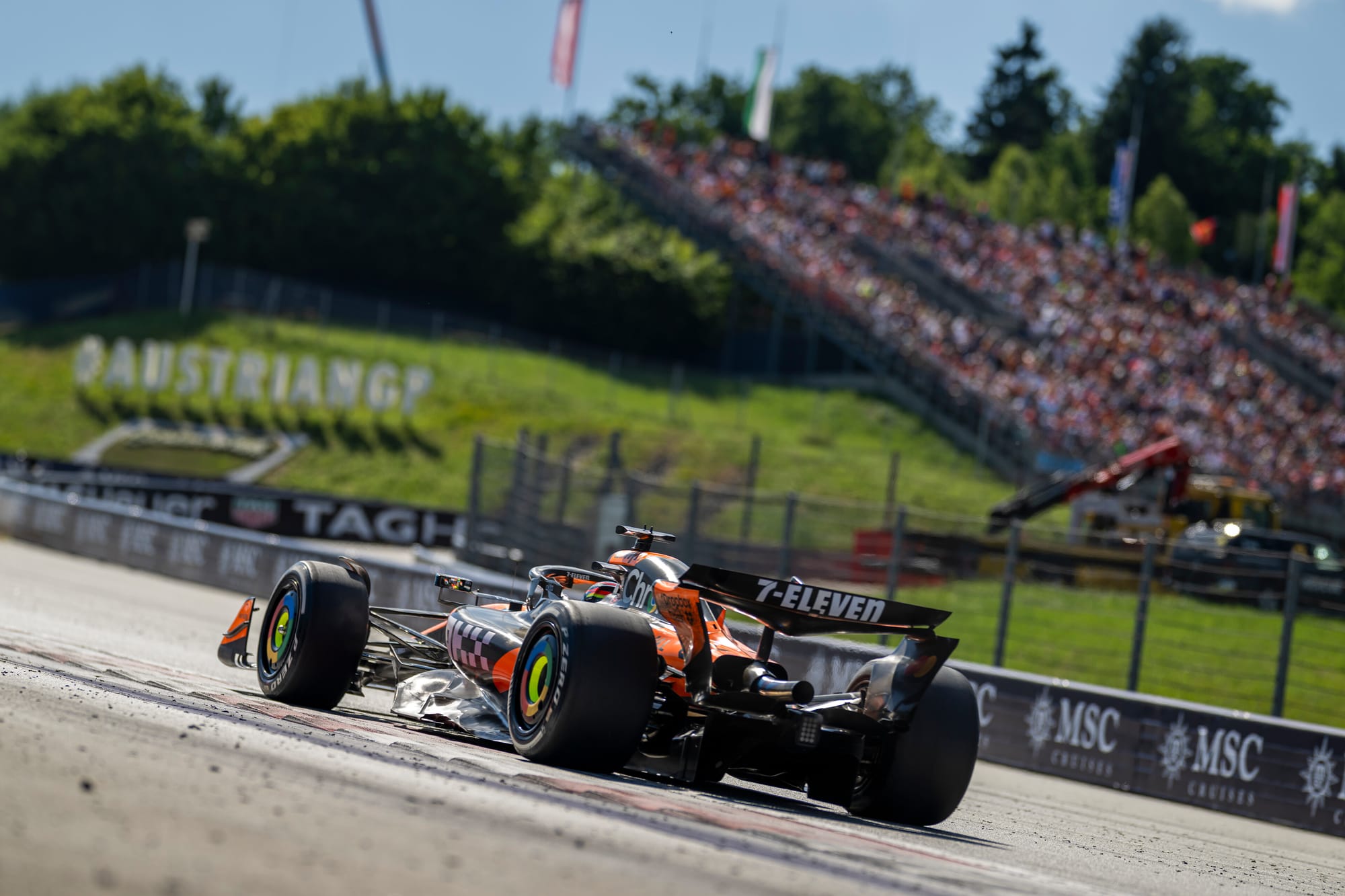
"If I have a good idea of what I need to go out and change, I can get there pretty quickly. But a lot of the challenge is knowing what you need to change.
"We've done a very good job of identifying that."
He also seems to be better-equipped at the track. A difference with Piastri now compared to before is that previously "it wasn't always obvious to me what I needed to do, or what I needed to change without kind of experiencing it the hard way".
Now that has been banked, Piastri doesn't spend entire weekends lost; even if he starts on the back foot, he is a real problem for Norris come qualifying.
What's at stake in Norris fight
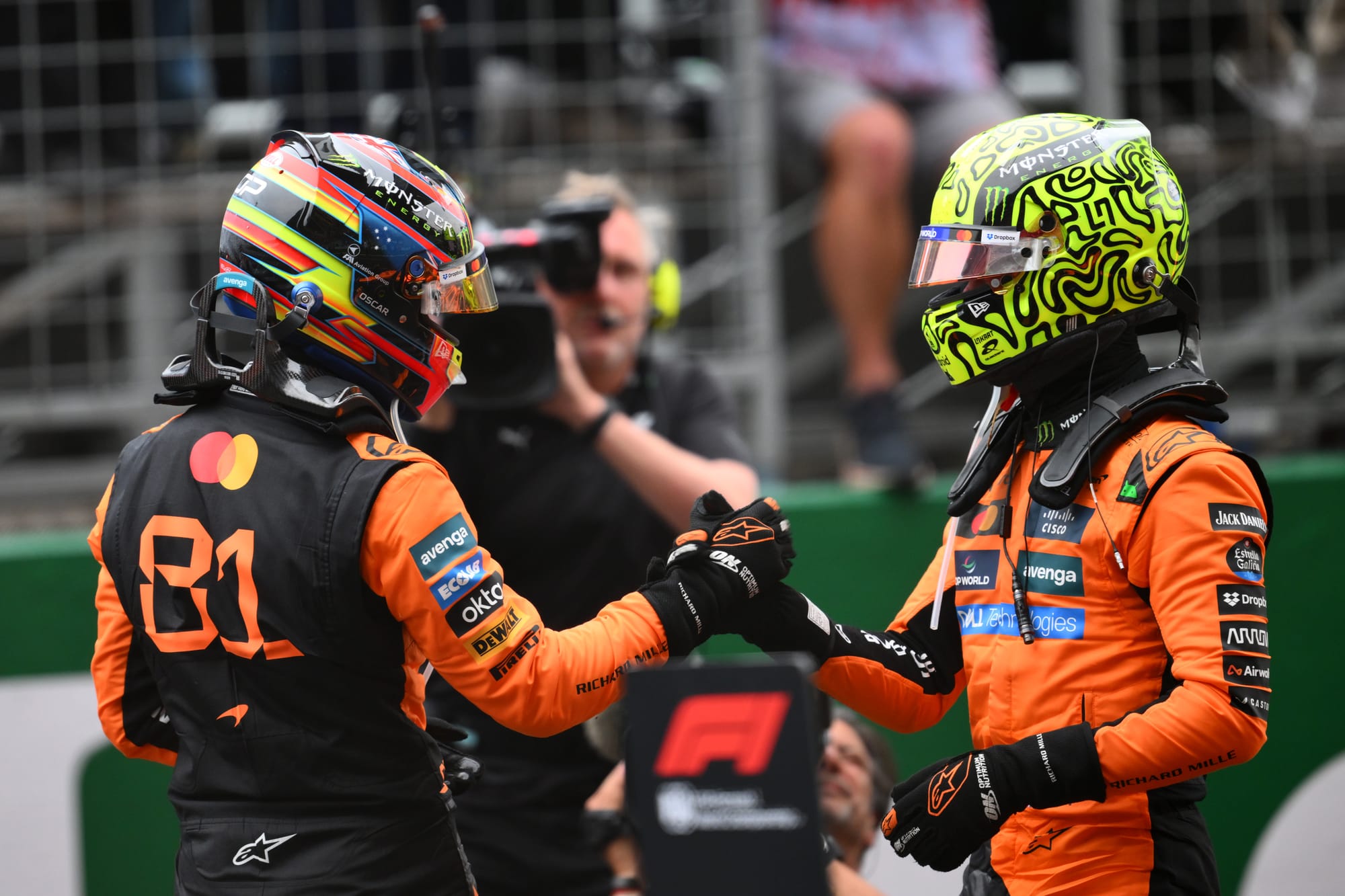
One clear distinction between the two McLaren drivers this year is while Norris's performances have yo-yoed depending on his comfort in the car, Piastri's form has been far less volatile.
Piastri seems to have found a sweet spot between pushing for improvements in the car and accepting where its limitations are and driving around that.
"I think that is true," Stallard says when asked if that's a fair interpretation.
"It's tricky, because you go through the junior series and there's very little you can change, really, on the car. You get into F1 and you can literally change basically anything.
"Knowing what that actually enables you to change is not that easy in terms of improving the car.
"He has done very well in kind of adapting what he needs to the car. He's always been very adaptable. That's been clear even in year one, that once he understands what he needs to do, he's generally able to go do it.
"Which is partly why we were so positive about him in year one, even when not every result made it clear that he'd be leading the championship halfway through the 2025 season."
McLaren has been keen to maintain that trait with Piastri - "don't kid yourself that the car is always going to be perfect" - while broadening his understanding of what tools he has at the track to address balance issues and, of course, bringing him into its car development more and more.
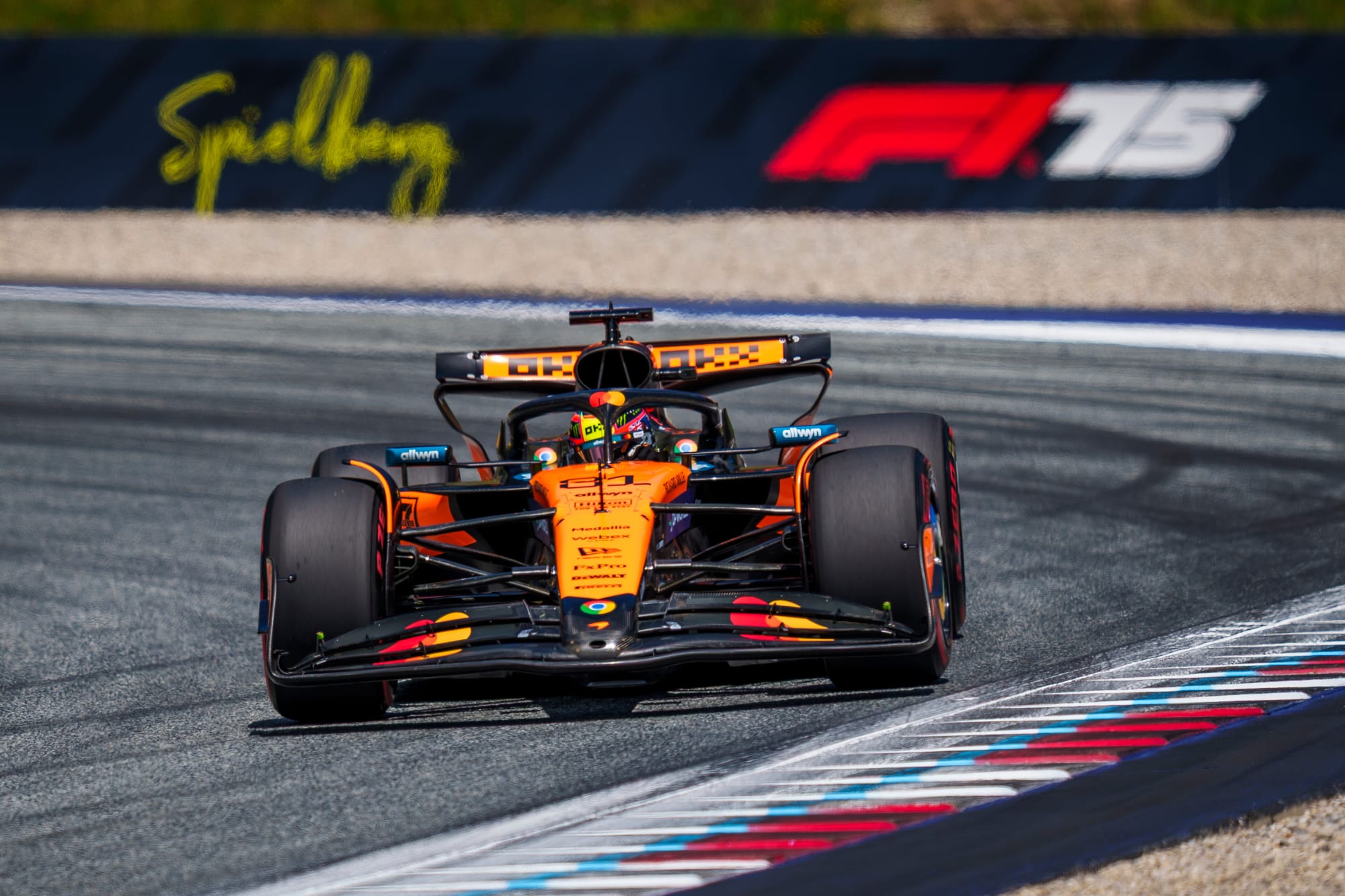
It is making him a formidable, well-rounded driver and has put him at the centre of this championship battle, looking at least a match for Norris, who most would have expected to lead a McLaren title charge given his better experience and (as a result) superior track record. In turn that has created a tense situation for McLaren and a very interesting story for the watching world to follow, as the battle swings back and forth pretty much every weekend.
Piastri will need everything from the last three years, not to mention all the pre-F1 groundwork before that, to beat Norris. And how the final 10 races unfold will be intense to follow as this could be each driver's best chance at winning the world championship - a selfish interest that has to be balanced against the awkwardness of fighting a team-mate.
"The biggest message is that I want the chance to fight for championships for, ideally, my whole career, but certainly for the next few years, because I think we really have the potential to do that for the foreseeable future," says Piastri.
"We have a quick car, and essentially, the way of bringing the team down is by causing issues internally, and obviously crashing into each other and causing friction between the team-mates is probably the number one way of achieving that.
"I'm certainly aware that to achieve that goal of mine of being able to fight for drivers' championships for many years to come, we need the team around us to be able to give us the car, and that comes with people being in the right state of mind, happy to be working at McLaren.
"So that is always there. Obviously, when you're wheel to wheel with someone in a race, it's probably a bit further back in mind.
"But when you're out of the car, there is always that sense of, 'As much as I want this championship this year, I don't want to win it at the expense of potentially not winning more'."


